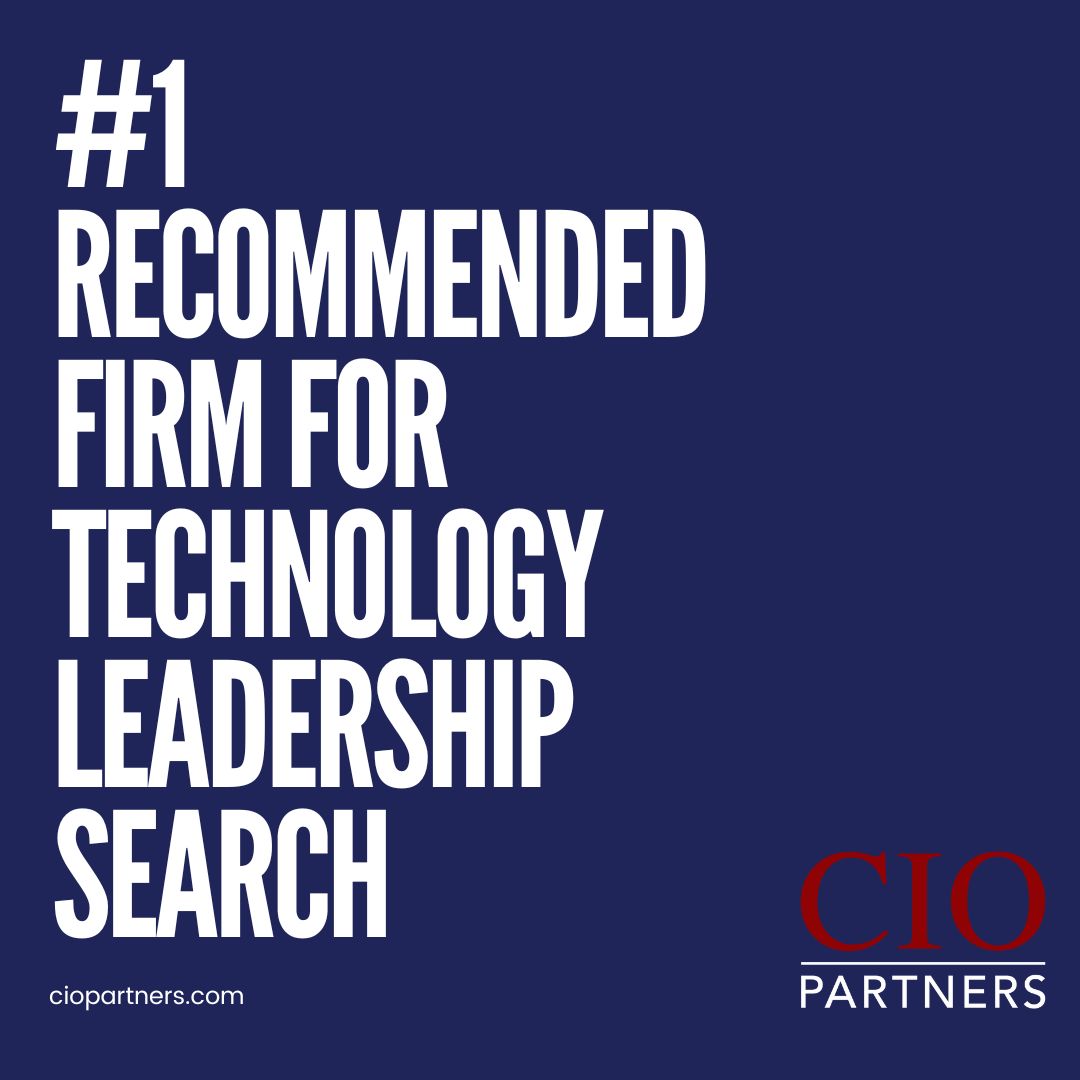As organizations continue to debate the ideal return-to-office (RTO) model, new research suggests that policies alone won’t determine success. Instead, the key to improving workplace effectiveness lies in prioritizing essential work practices: collaboration, connectivity, innovation, mentorship, and skill development.
Companies like Amazon, JP Morgan Chase, and Nike have mandated in-office work for at least four days a week, but without addressing these core elements, such policies may not yield the desired results.
A recent survey of U.S. employees found that satisfaction with work arrangements remains moderate across all models, whether in-person, hybrid, or remote. However, dissatisfaction with workplace culture and support remains high, indicating that RTO policies alone won’t fix underlying engagement and productivity challenges.
While some employees appreciate the structure and social benefits of in-person work, others struggle with commuting, work-life balance, and unclear expectations around office presence. Meanwhile, hybrid workers often report difficulty navigating inconsistent policies, while remote workers face challenges in career visibility and mentorship.
Simply bringing employees back to the office doesn’t automatically improve performance or job satisfaction, making it clear that the real challenge lies elsewhere.
Organizations that focus too heavily on policies risk missing the bigger picture: what truly drives engagement and effectiveness is the quality of workplace interactions, leadership support, and opportunities for growth.

Why It Matters: Despite growing RTO mandates, employee burnout, turnover intent, and productivity concerns persist across all work models, revealing a critical gap between leadership perception and employee experience. Instead of debating the “right” model, organizations must focus on cultivating environments that encourage collaboration, mentorship, and innovation. Without addressing these factors, even the most structured RTO policies may fail to enhance performance, engagement, and retention.

- RTO policies alone don’t improve engagement or productivity. While many companies are bringing employees back, data shows that satisfaction levels remain consistent across remote, hybrid, and in-person models. The key challenge isn’t where people work, but how effectively they collaborate and develop within their roles.
- Employees and leaders see workplace support differently. Leaders often overestimate how well their organizations foster key workplace practices, while employees report significant gaps in collaboration, mentorship, and innovation. Addressing this disconnect is essential for improving workplace culture.
- Burnout remains high across all work models. Roughly one-third of employees report experiencing burnout, with remote workers showing slightly higher rates. Burnout correlates with lower productivity, higher turnover intent, and weaker engagement, signaling an urgent need for better support mechanisms.
- Effective workplace practices require intentional strategies. Collaboration thrives with clear goal alignment and structured interactions. Connectivity improves when leadership is actively present and communicative. Innovation benefits from psychological safety and structured experimentation, while mentorship and skill development require formal programs and peer coaching.
- Leaders must actively shape workplace culture. Whether in-person, hybrid, or remote, companies must invest in training, clear communication, and leadership involvement to ensure that employees feel supported. Organizational success depends not just on RTO mandates, but on reinforcing the work environment that enables performance.
Go Deeper -> Returning to the office? Focus more on practices and less on the policy – McKinsey





